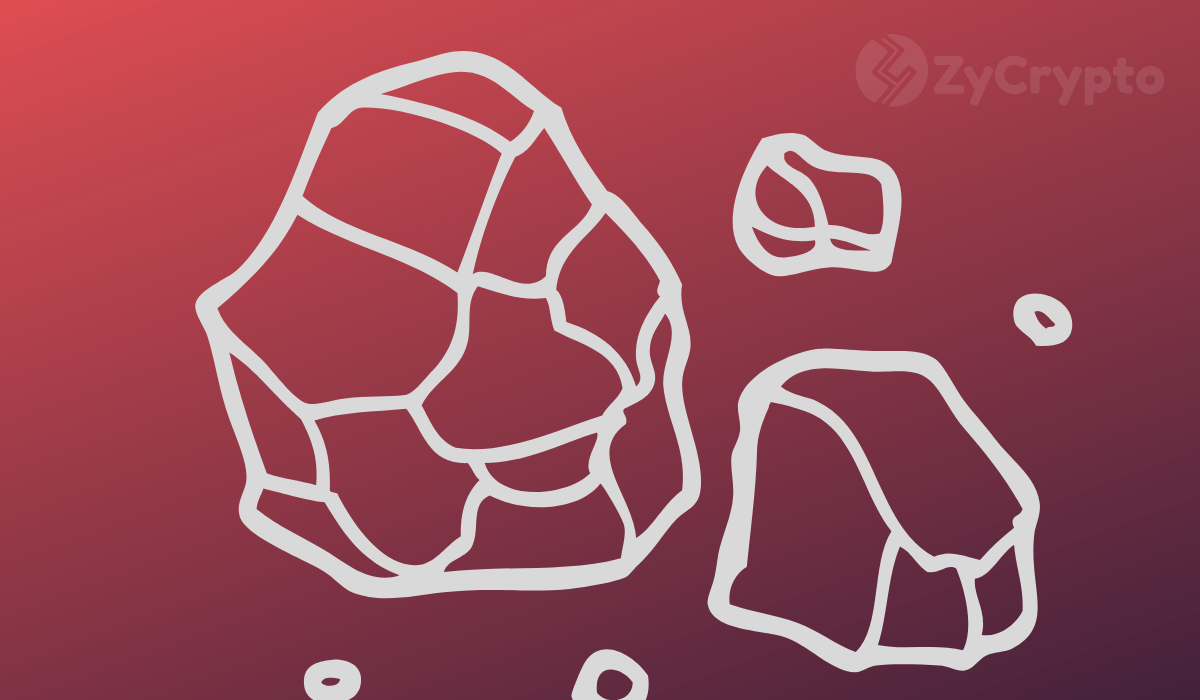Cryptocurrency is seemingly becoming more popular by the day and there are scientific indicators to support this. So far, more merchants have opted for cryptocurrency as a means of settling payment and Ripple has stood out in this area. Bitcoin is not left out though, because data from DataLight show it is now the dominant method of payment. It was even announced a few days ago that a major Swiss media house has adopted it for payment of wages.
However, there is still a lot of ground to cover before crypto becomes a mainstream means of payment in the real sense of it. This is mainly due to people’s perception of what cryptocurrency is, especially in African countries where technology is still a bit of an illusion.
Take the Blockchain Wallet Stellar airdrop for instance that has been on for quite some time now. Despite a lot of publicity on major social media platforms, there is evidently not enough response from the public so I told a few well-educated friends about the airdrop. I asked if they would like to get some free cryptocurrency and use it to experiment on how the system works.
One thing they had in common was they didn’t believe cryptocurrency was real money (at least for now) and they didn’t believe anyone could just give away free tokens for the sake of giving even though I showed them proof that I received the same free tokens. I have been following their progress and at the time of writing, none of them have even created a wallet let alone receive the free tokens.
This got me thinking if people can refuse free tokens because they don’t believe the system works, how long before they will be willing to invest in the system? Their first concern was how they would change the tokens to fiat if they did get them. I did tell them it was easy, but the essence was for them to try out how to use cryptocurrency. This almost instantly turned them off.
Industry experts and developers must try to make the system easy enough for new users to operate and find a way of weaving it into their daily lives rather than presenting it as a brand new idea if adoption will move fast enough.
This is why projects like Ripple are doing a great job by operating on existing payment systems to complement them rather than coming as a replacement, and are very effective in getting to new users. Of course Stellar is on the same route.
Digital assets like Bitcoin, however, need to find a way into people’s lives in the same manner to enhance adoption and eventual use in the mainstream, otherwise, it could be decades before any real progress can be made.







